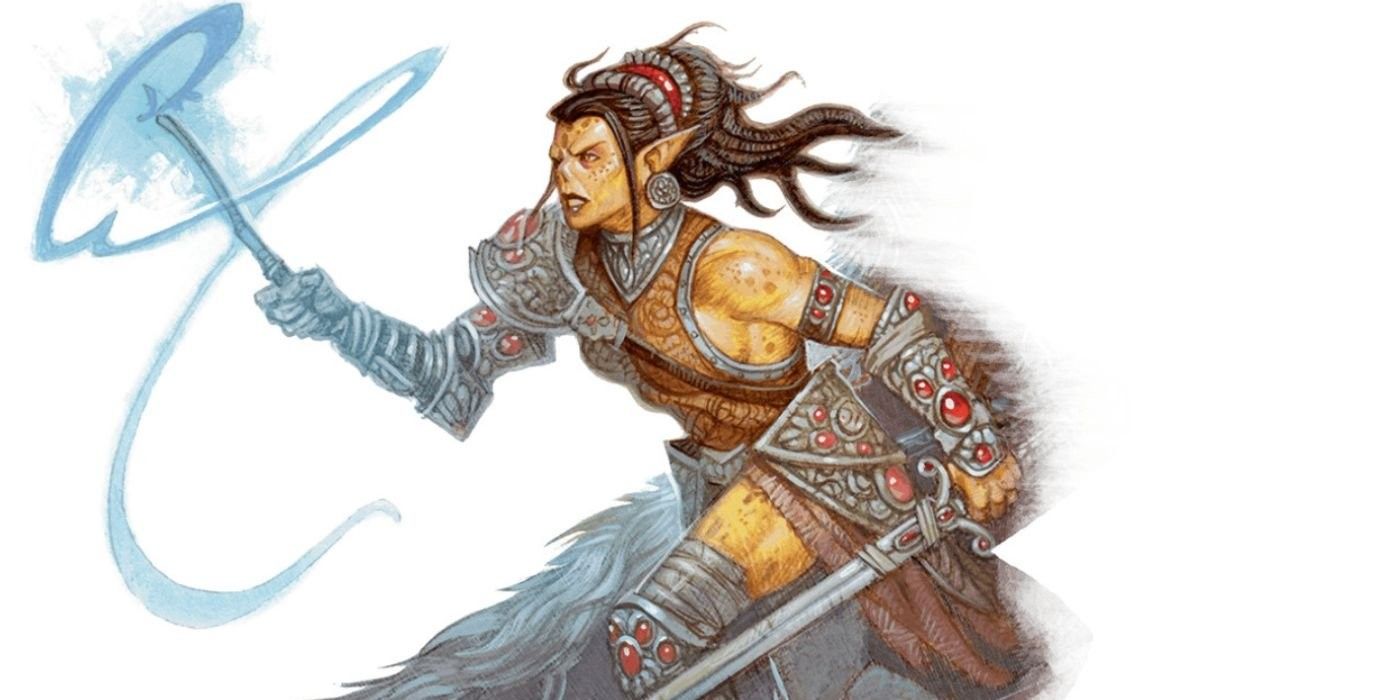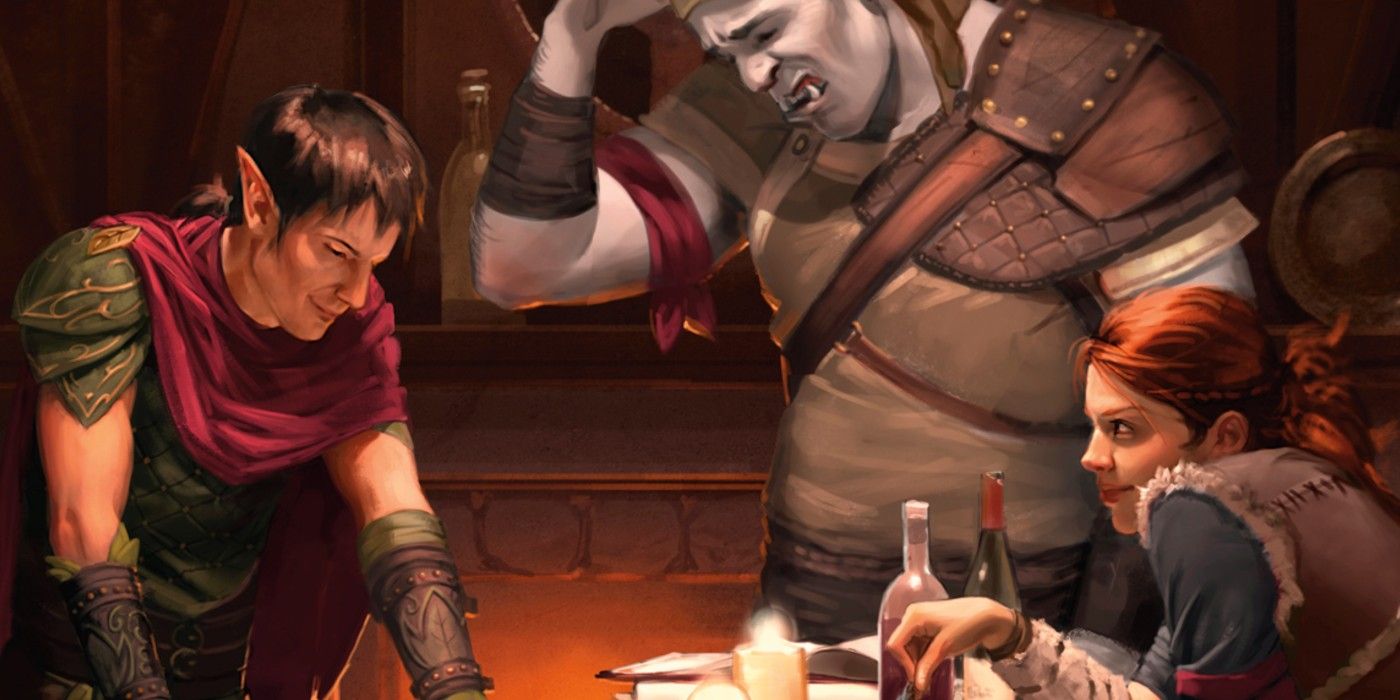Dungeons & Dragons: Honor Among Thieves
The current 5th edition ofDungeons & Dragonsis among the most streamlined and easy to learn ruleset the game has ever used , but there are still some pattern groups routinely get incorrect . Some of these issues are due to the complexity of the rule in query , but in many eccentric , this stems from assuming a principle that was present in a prior version ofD&Dis still there in present - dayD&D. Others may have thought that a particular Dungeon Master ’s business firm ruler was the official opinion of the game .
While house rules can make all right addition to a tabletop RPG , it is still good for allD&Dplayers to have a grasp on the prescribed rules as written , so they can take on with different grouping well or take part in pattern game or Wizards of the Coast ’s organized drama political platform , if they care to do so . Having a good grasp of the prescribed rules ofDungeons & Dragonsis specially important for DMs . The rule of 5eD&Dare the resultant of extensive playtesting and game balancing . ADM who understand the official rulesmay still elect to use house rules , but that will be a decision made to benefit their mathematical group , not merely due to a lack of apprehension .
Related : keep & Dragons Rules Only Sadistic Dungeon Masters employ

Beyond these commonly misunderstood rule , there are a few novel players may only need some reminders on . The “ Ten rule To commemorate ” part at thebeginning ofTasha ’s Cauldron of Everythingis a good refresher on a few of these , like the Concentration rule , or how stray a piece as a Bonus Action restrict a character from drift any other non - Cantrip spells that turn . These are a few of the normal not touched on in that introductory section thatD&Dgroups are still unremarkably misunderstanding .
Commonly Misunderstood D&D Rule 1: Delay Action
One of the most common mistake with fiftheditionDungeons & Dragonsis the Delay Action . In short , there is no such thing in the current variation . Prior editions ofD&Dallowed for a delay , where a character could elect to act after another and lower their enterprise score voluntarily for subsequent rounds . This is not allowed in the fifth edition ofD&D , and for just reasons .
There are several effect that have duration based on a case ’s good turn . AMonk ’s Stunning Strikeability can stun an foe until the ending of the Monk ’s next turn . Many other abilities and spell work based on interchangeable duration , and damage over clock time effects also set off on a specific creature ’s turn . While prior editions , like quaternary editionD&D , offered clarification that the character ’s turn was still taking stead , and their “ military action ” was taking the Delay Action , carry off delaying entirely avoids a great deal of confusion .
The evacuation of delayrules inDungeons & Dragonsalso encourages tactical use of the Ready Action option . Readied action are more circumscribed than those extend in a standard turn , and want use of goods and services of a character ’s response , but they can propose some clever options in the absence of a retard turn . They also require Concentration for spells , which offend any ongoing Concentration spells , and have the Readied spell vulnerable to hoo-hah by legal injury . With movement now allow for between attacks , rove attackers can move out from cover , flak , and return to cover on their turn . A readied activeness can allow the withstander to provoke back when the attacker discover themselves .
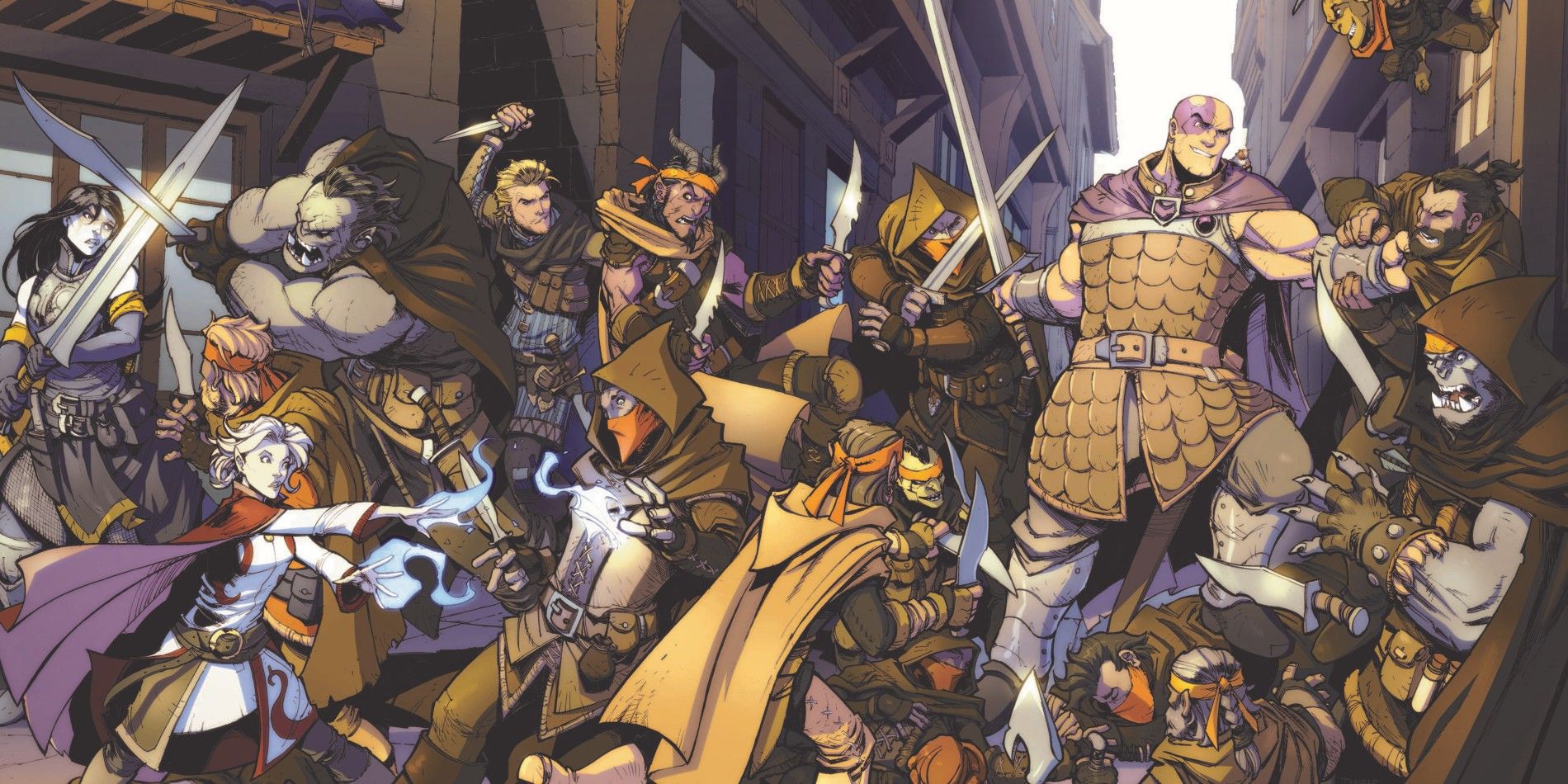
Commonly Misunderstood D&D Rule 2: Surprise Rounds
Thebeginning of the Combat chapterin thePlayer ’s HandbookdetailsDungeons & Dragons’rules on surprisal , but this is still an area many group struggle with . Some still refer to a “ Surprise Round , ” a concept taken from prior editions ofD&D. Fifth editionD&Dcan allow for circumstances like a surprise circle , but there is some nuance in the differences between editions in how this play out .
Related : Dungeons & Dragons Ideas For One Shot Games
As thePlayer ’s Handbooknotes , if no one is attempting stealth on either side of a battle , the combat plays out in received enterprise order . If one or more characters are attempting to be sneak , “ The DM compares the Dexterity ( Stealth ) checks of anyone hiding with the peaceful Wisdom ( Perception ) score of each creature on the opposing side . Any character or giant that does n’t acknowledge a scourge is surprised at the start of the encounter . If you ’re surprised , you ca n’t move or take a response until that twist ends , and you ca n’t take a reaction until that turn ends . A member of a radical can be surprised even if the other members are n’t . ”

A careful reading of this section clarifies that a specificD&Dcharacter might be unable to take any action in the first round of combat , but only if they failed to notice “ a scourge , ” intend this is only ifallenemies ’ are attempting stealthy approach path , andallof their Stealth Checkswere higher than the character ’s Passive Perception economic value . If even one opposition ’s Stealth Check fail to beat the character ’s Passive Perception , or select to set about openly , the character has noticed a threat , and can therefore act , but only against the menace they are mindful of . Unlike prior edition ofD&D , there is no military action restriction during the “ surprisal rhythm , ” only the potential that some eccentric who fail to notice any threats might be unable to act at all .
Commonly Misunderstood D&D Rule 3: Action Types
Fourth editionD&Dhad three action type , with Standard , Move , and underage actions . A Standard Action could be downgrade to a Move Action , and a Move Action could be downgraded to a Minor Action . The current edition ofDungeons & Dragonsrules utilise interchangeable nomenclature , but a key difference is that there is no choice to replace one activeness type with another .
Fifth editionD&Ddefines a tour as dwell of an Action and the option to move up to a part ’s speed . They may also be able to take a Bonus Action , but these are specifically granted byDungeons & Dragonsclassfeatures , feats , or spells . No type is innately capable of a Bonus Action , and some quality may be ineffectual to take Bonus Actions .
Related : Dungeons & Dragons : Why Saving Throw technique affair
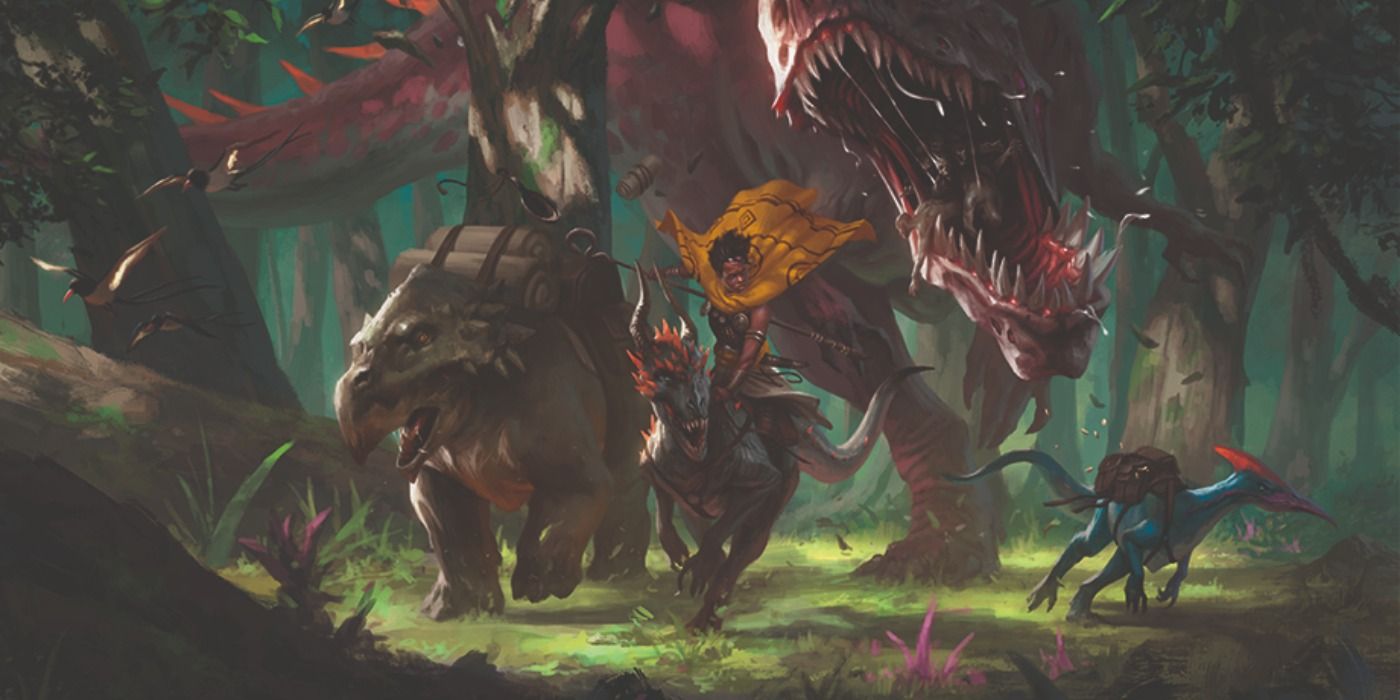
In currentD&D , bowel movement is specifically movement , not a separate action mechanism eccentric . The default “ Action ” can be used for the Dash Action , whichallows aD&Dcharacterto reduplicate their movement velocity for that turn , but this is a specific Action , not interchange one activity case for another . In the same way characters can never take more than one Reaction per round , they can never take more than one Bonus Action per turn .
Commonly Misunderstood D&D Rule 4: Free Actions
The term “ Free Action ” was used more often in third editionD&D , but in current fifth variation the closest affair is the description of “ Other natural process On Your Turn ” in the Combat chapter of thePlayer ’s Handbook . This discussion section grant a role the power to convey during their turn , but it also permit for limited fundamental interaction with objects . TheDungeons & Dragonsrule states , “ you’re able to also interact with one physical object or feature film of the environment for free , either during your move or your action at law . ” It bid instance such as opening a threshold or drawing a arm . The rule elaborate , “ If you want to interact with a 2nd objective , you ask to use your military action . ”
As note before , activity is a distinct action type that can not be exchanged with crusade or the Bonus Action type . D&D’sDual Wielder featadds the ability to “ guide or stow two one - handed weapon when you would normally be able-bodied to draw or stow only one . ” This , aggregate with discernment of the Free Action limit point to “ one object or feature of the environment ” means that a character can not sheathe one weapon and take out another during the same routine without using their Action .
ADungeons & Dragonscharacter wielding a longbow can stow the artillery as their Free Action , as that affect fundamental interaction with a single object , but if they draw their greatsword on the same turn , that fundamental interaction with a second object requires use of goods and services of their Action , preclude them from assail that turn , unless they make use of a form lineament , such as Action Surge , or a spell , like Haste . Dual Wielder only allows a character to “ suck or stow two one - handed weapons , ” instead of one , but this feat does not permit them to both stow a one - handed weapon system like a tuck and take out a one - handed range weapon system like a hand crossbow as a individual detached natural process .

Related : Useful D&D Potions That Are n’t Just For Healing
A case could , rather , drop a weapon system at their feet , rather than stowing it , and utilize their complimentary action to take out a dissimilar artillery , thereby saving their Action to attack , perD&Ddesigner Jeremy Crawford ’s Sage Advice compendium , as , “ The purpose is that letting go of something requires no appreciable effort . But picking it up does . ” It should be note that this could allow an opposition to blame up the weapon on their own turn , however , which could top to the expiration of avaluableD&Dweaponif that enemy chooses to flee with it .
Commonly Misunderstood D&D Rule 5: Opportunity Attack
The 5th editionD&Drules for chance Attacks also exercise otherwise from prior editions , as quality only provoke this specific type of Reaction melee attack when they leave a hostile part ’s range . This means that extend to weapon system , typically polearms like the glaive and halberd , may actually make an Opportunity plan of attack less likely ( without the use of the Polearm Master feat ) as an enemy can freely move within a character reference ’s peril reach in current editionD&D , and the Opportunity Attack is only triggered when they allow the threatened field .
A wider threatened orbit means more room for the enemies to maneuver , which could make a polearm - using melee quality less probable to serve as a handicap against foe seeking out more vulnerable “ back course characters , ” depending on emplacement . The Polearm Master feat adds the selection totake an Opportunity Attack with certain weapons“when they introduce the reach you have with that arm , ” doctor the utility of some strain weapons for chance Attacks , and bring new tactical options for non - reach weapons , like the quarterstaff .
These Opportunity Attack rules allowD&Dcharacters to use their movement to literally run circles around an enemy without fear of a retributive attack , so long as they do not leave the threatened compass of any other enemies while doing so . Groups can freely make use of this to have rapid characters move to the “ back ” of an enemy to aggress , allowing characters with dull apparent motion rates to attack from the closer side .
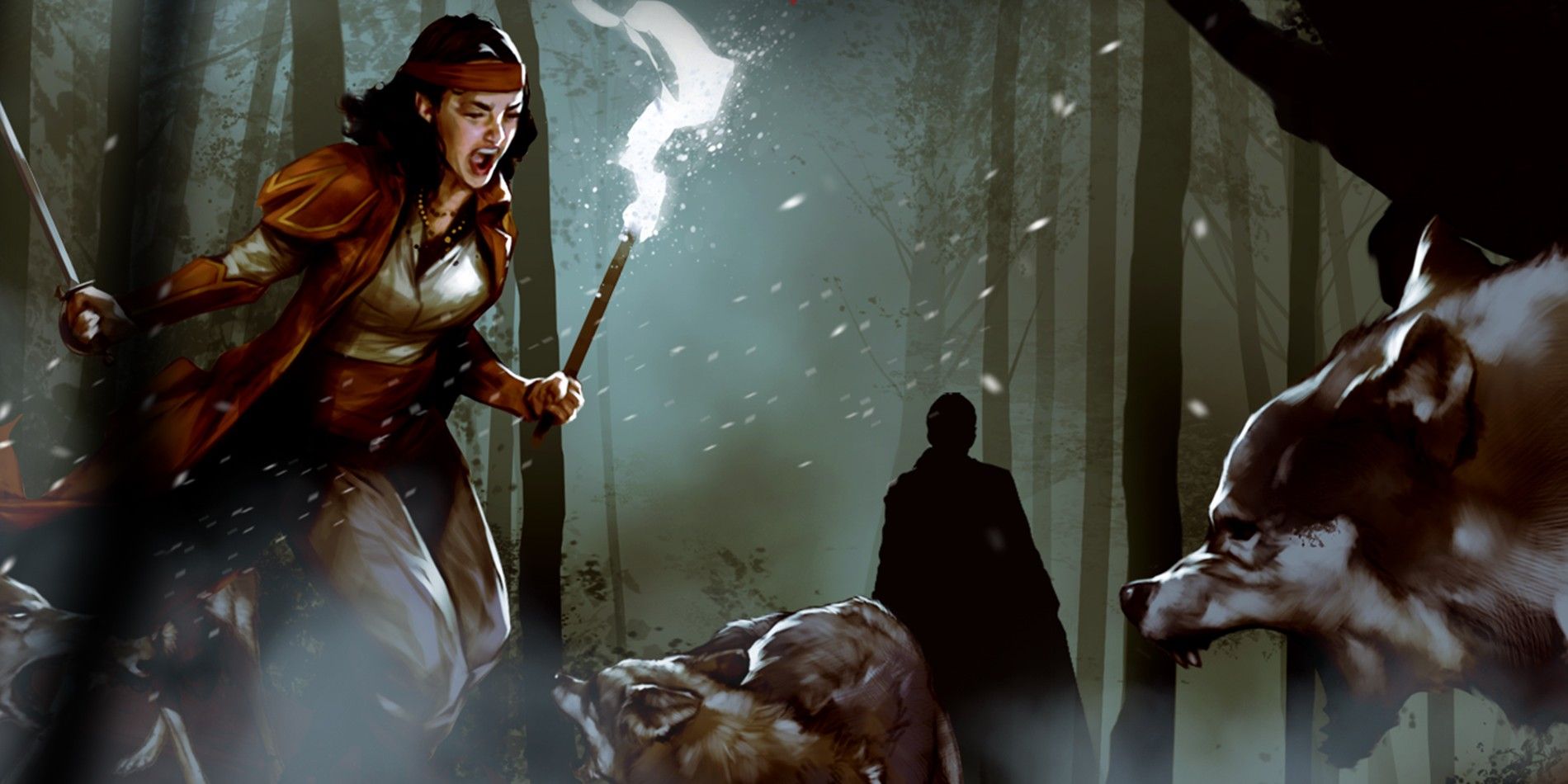
Other Common Misunderstood D&D Rules: Multi-Classing & Spellcasting
Other rule beyond thosecovered inTasha ’s Cauldron of Everythingthat groups usually overlook , but demand less in - profoundness explanations , include the restriction on Multi - Classing . Changing course requires that characters match sure doorway with their base statistics , not statistics modified by manipulation of an detail like a Belt of Giant Strength . They also take to meet the minimum stat doorsill for both the class they are leaving as well as the form they are fail into , something that many instrumentalist fail to recognize when planning their builds .
Related : keep & Dragons Encounter Ideas For Prolonging change of location
Spellcasting requires a free hand , unless thecharacter has the Warcaster feat , though Crawford ’s salvia Advice compendium clarifies this a mo , to the benefit of sure anatomy . Changing “ handedness ” is a non - activity , just like put down a arm . This imply that characters using a Versatile weapon can exchange from using it one - handed to two - handed without using their Free Action physical object interaction for the go , but , also , characters exert a two - handed weapon can hold it in one hand to cast a spell , and then return to the two - handed grip , without any sort of action usage required . Sword and shield users , or dual - wielding spellcasters , will still need Warcaster to cast spells , however .

The Misunderstood D&D Rules Can Be Learned With Effort
Having a solid clench on the “ rule as written ” makes for a practiced player , and Dungeon Master , inDungeons & Dragons . Though the current version has been on the market for more than six years now , it is never to late , even for groups who have become accustomed to their house - created variation of rules , to watch the “ official ” rules , so they can decide which process best for them .
Next : D&D run Ideas For Blade Runner & Phillip K. Dick Fans
